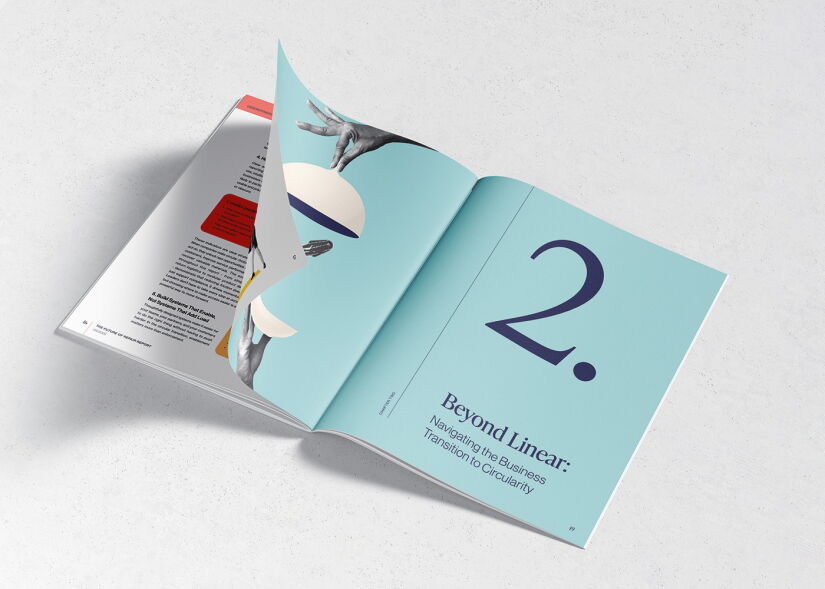 European executives know the pressure is mounting. CSRD, ESPR, and the Right-to-Repair are no longer distant concepts – they are boardroom issues. By 2026, every electronics and appliance manufacturer selling in the EU will need to demonstrate measurable progress on product longevity, repairability, and lifecycle impact.
European executives know the pressure is mounting. CSRD, ESPR, and the Right-to-Repair are no longer distant concepts – they are boardroom issues. By 2026, every electronics and appliance manufacturer selling in the EU will need to demonstrate measurable progress on product longevity, repairability, and lifecycle impact.
The question is no longer if companies should prepare, but how fast.
REPAIR MOVES FROM COST TO COMPETITIVE EDGE
Traditionally, after-sales service in consumer electronics was treated more as a support function than a source of value. Today, it’s emerging as a lever of ROI. Each smartphone repaired avoids 7080 kg of CO₂, and refurbished IT equipment extends its lifecycle by up to five years. These outcomes can be verified under ISO 14064 and reported in ESG disclosures, turning repair into tangible, auditable business value.
Repair also builds resilience into supply chains, reduces dependence on volatile raw material markets, and opens new revenue streams through certified refurbished products and carbon insets. What once was “aftercare” is now a strategy that delivers both compliance and profitability.
WHY POLAND MATTERS
With its strong base of technical expertise, competitive costs, and robust logistics infrastructure, Poland is rapidly emerging as a key hub for repair and refurbishment in Europe. The country combines scale with agility, offering manufacturers a reliable partner for meeting the demands of ESPR and the Right-to-Repair.
Furthermore, Poland’s service ecosystem is becoming increasingly innovative, with companies investing in data analytics, AI, and advanced refurbishment capabilities that translate regulatory requirements into measurable results.
INNOVATION IS THE MULTIPLIER
What will separate leaders from laggards is the ability to use data and technology to quantify circularity. Tools such as the Circularity Radar, an AI-powered solution developed in Poland, allow manufacturers to identify high-impact repairs, track avoided emissions, and integrate these metrics directly into ESG and CSRD reporting.
When circularity is visible, it becomes actionable. And when it’s actionable, it becomes investable.
FROM REGULATION TO RESULT
For executives preparing for ESPR and the Right-to-Repair, repair is no longer a compliance burden; it is a pathway to ROI. Done right, it reduces risk, strengthens resilience, and generates measurable value.
The EU’s regulatory shift is clear. The winners will be those who see repair not as an obligation, but as their next strategic advantage.













 European executives know the pressure is mounting. CSRD, ESPR, and the Right-to-Repair are no longer distant concepts – they are boardroom issues. By 2026, every electronics and appliance manufacturer selling in the EU will need to demonstrate measurable progress on product longevity, repairability, and lifecycle impact.
European executives know the pressure is mounting. CSRD, ESPR, and the Right-to-Repair are no longer distant concepts – they are boardroom issues. By 2026, every electronics and appliance manufacturer selling in the EU will need to demonstrate measurable progress on product longevity, repairability, and lifecycle impact.





